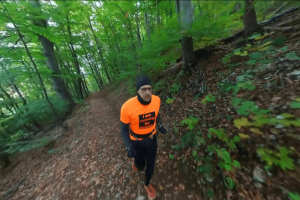Guardomic: bot mitigation engine

Societal challenges
Web services owners struggle daily to protect their websites from bot traffic and their users from fraudulent digital ads or cryptocurrency web mining. The problem is not going away: recent years show an increasing number of bot attacks in the global network. For example, considering just online ads, the Association of National Advertisers and White Ops estimates that in 2016, bots were responsible for seven billion dollars of wasted resources.
Technical challenges
The solution to this problem is to “know thy website” via analytics and in-depth statistics that provide insight on the website traffic, and turn those insights into defenses from botnet attacks.
As part of their collaboration with the EOSC-hub project, Koma Nord and Idego designed and developed Guardomic – a tool suite to protect online services from botnets attacks. Guardomic also allows to analyze and block unwanted traffic without decreasing performance for the reader.
The team needed a flexible server and storage platform that they could remotely access, configure and manage during the development of Guardomic. As an EOSC-hub pilot, they were able to use the cloud compute resources provided by PSNC, namely their OpenStack cloud platform, as a development environment and a production platform for the clients testing the prototype.
How EOSC can help and add value
Working within EOSC-hub has allowed Koma Nord and Idego to develop and implement Guardomic quicker and more efficiently. As part of the EOSC Digital Innovation Hub, they are also now part of large European consortia of science institutes, companies and other organizations, which brings added opportunities for business and extended collaborations. Koma Nord will also take advantage of the EOSC Marketplace as a platform to promote Guardomic as a solution to mitigate botnet attacks.
Guardomic: bot mitigation engine Read More »


